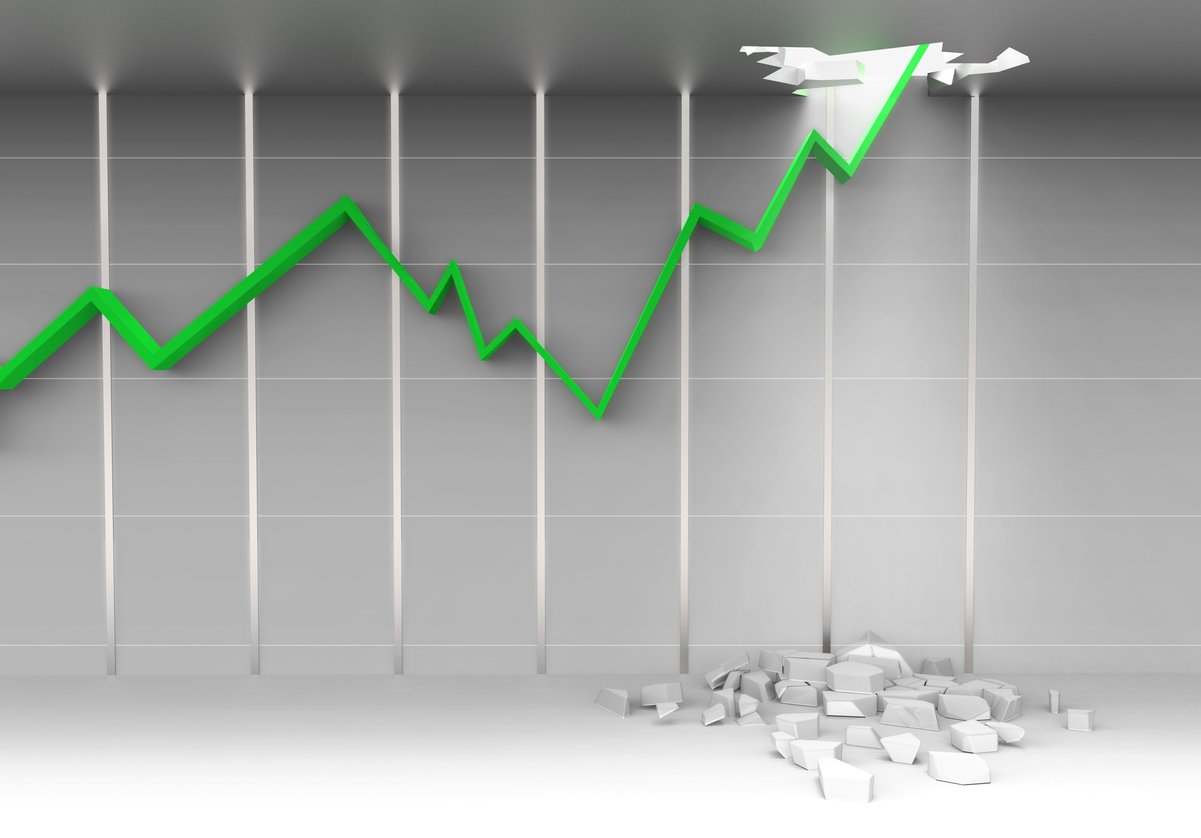By definition, "volatility" is the tendency of something to change quickly and unpredictably -- but when the trend of stock prices is moving chaotically and generally upward, it doesn't much disturb our sleep. No, the only kind of volatility that investors get excited about is the downward variety, and that type tends to make us a bit panicky. But it shouldn't.
In this episode of Motley Fool Answers, host Alison Southwick has invited former Fool Morgan Housel, now of venture capital firm Collaborative Fund, to the studio to talk about the right ways to respond to Mr. Market's wild ride. In this segment, he offers some advice on framing that might help you take the dips with more equanimity.
To catch full episodes of all The Motley Fool's free podcasts, check out our podcast center. A full transcript follows the video.
This video was recorded on May 21, 2019.
Morgan Housel: I think it's interesting that this kind of volatility, these kinds of declines, happen so frequently, but every time it happens there is this reaction within headlines. Within how investors react. And it's not a bad thing -- it's not a criticism of how the media reacts -- I just think it's an inherent part of investing. These declines, no matter how frequent they are -- even with the kind of declines that we've had in the last month -- is the kind of thing that we've had three or four times a year going back forever. It's still going to feel way worse than it should when it happens.
I always say, "Yeah, the Dow fell a thousand points last week, which is the first time it's happened since the last thousand-point decline that you don't remember anymore." The same thing happens all the time.
I think the proper framing for big volatility like this is there's a cost of admission for big market returns. If you want big returns over the long term, those don't come for free. You have to pay a price to get those. And the cost of admission for markets is, of course, volatility.
And there's two ways to look at that. You can look at it as a fee or a fine. A fee is you're paying the cost of admission and it's a good trade. You're paying the cost, but you're getting something great in return. A fine is you're not supposed to pay that. You're not supposed to get fines. You're supposed to avoid fines, so you try to avoid it.
And I think viewing volatility as a fee instead of a fine is the proper way to think about it. This is the cost that you're paying to do really well over time, but it's not a fine. You're not in trouble. You didn't do anything wrong. You don't have to avoid us. You don't have to feel guilty for dealing with this volatility. It's not a fine. It's just a fee that you're paying. You're just getting the bill. You're getting your quarterly bill to get long-term returns over time. That's what these volatility kind of spikes that we deal with every quarter, I think, mean for investors.





